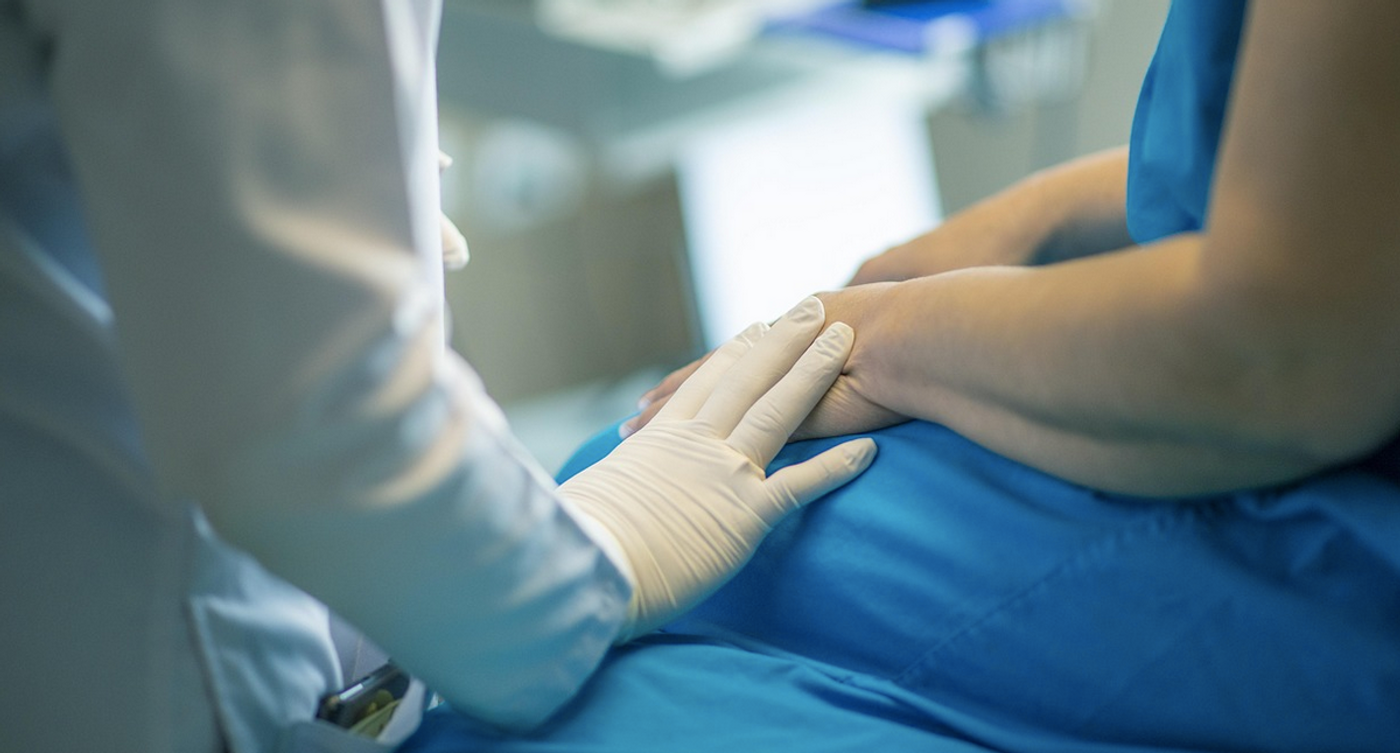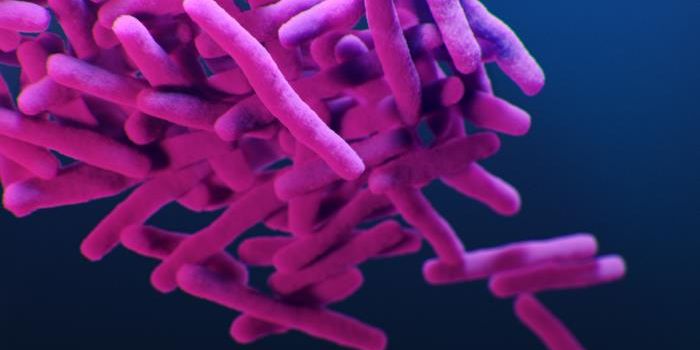The Lone Participant in a CRISPR Therapy Trial has Died
In August of this year, a single patient was enrolled in a trial that used CRISPR to correct a genetic mutation that led to Duchenne muscular dystrophy (DMD). In DMD, mutations in the dystrophin gene cause muscle weakness and loss of function that gets worse over time. The patient in this trial, 27-year-old Terry Horgan, was diagnosed at age 3 and his condition deteriorated throughout his life. He eventually had to start using a wheelchair, and was very interested in the prospect of trying a personalized medicine like the one used in this study.
The treatment, which was designated CRD-TMH-001, was meant use the CRISPR gene editing tool to increase the expression of an alternate form of the dystrophin protein. These would ameliorate the issues caused by mutations in the promotor region and exon 1 of the dystrophin gene. CRISPR can be used to instruct a cell to skip certain exons when a protein is being made, such as the exons that contain mutations.
Any gene therapy reagents also have to be delivered to a patient's cells, and in most cases, that is done with a virus that has been engineered to be harmless, and just carries the CRISPR into cells. However, some people have antibodies against this virus, which can disrupt its ability to enter cells. For that reason, before the administration of the gene therapy, the immune system may have to be suppressed, which was done in the case of this patient.
There was continuous monitoring afterwards for any signs of adverse events, but that unfortunately was not enough to save the patient's life when something went wrong.
It will now take several months for researchers to determine why the patient died. One thing people will want to know for sure is whether CRISPR played a role in the patient's death.
Anyone, including myself, who has worked with CRISPR knows that it can impact targets that researchers are not aiming to change; these are known as off-target effects. Those effects can be minimized and assessed later, so scientists will be able to determine whether they played a role. Of course, the adverse event in this study may be totally unrelated to CRISPR.
"It will probably be three to four months to come up with a full conclusion. At this stage of the game, saying anything is pure speculation," noted the Cure Rare Disease spokesman, Scott Bauman. Cure Rare Disease was founded by Rich Horgan, the brother of Terry Horgan. Cure Rare Disease is a non-profit that seeks to accelerate the development of therapies that treat rare diseases.
Cure Rare Disease is now celebrating the life of Terry Horgan, who was brave enough to take a huge risk. Throughout the history of gene therapy, there have been patients who have paid a high price for their participation in clinical trials, but we are lucky that we have been able to learn from their efforts. Last year, a different therapy for DMD that was developed by Pfizer was tested in another patient, who also died.
"This whole notion that we can do designer genetic therapies is, I would say, uncertain," Arthur Caplan, a medical ethicist at New York University who was not involved in the study told the Associated Press. "We are out on the far edge of experimentation."
There are other CRISPR trials that have worked, but those have involved removing cells from a patient, correcting them with CRISPR, then reinserting those cells into the patient to treat sickle cell disease. Another trial used CRISPR to successfully treat a disorder in the eye, but that organ is very easy to access and not subject to a lot of immune surveillance.
Caplan added that researchers may want to consider whether a trial with only one person is the best course of action.
Sources: Medical Express via AP, Cure Rare Disease









